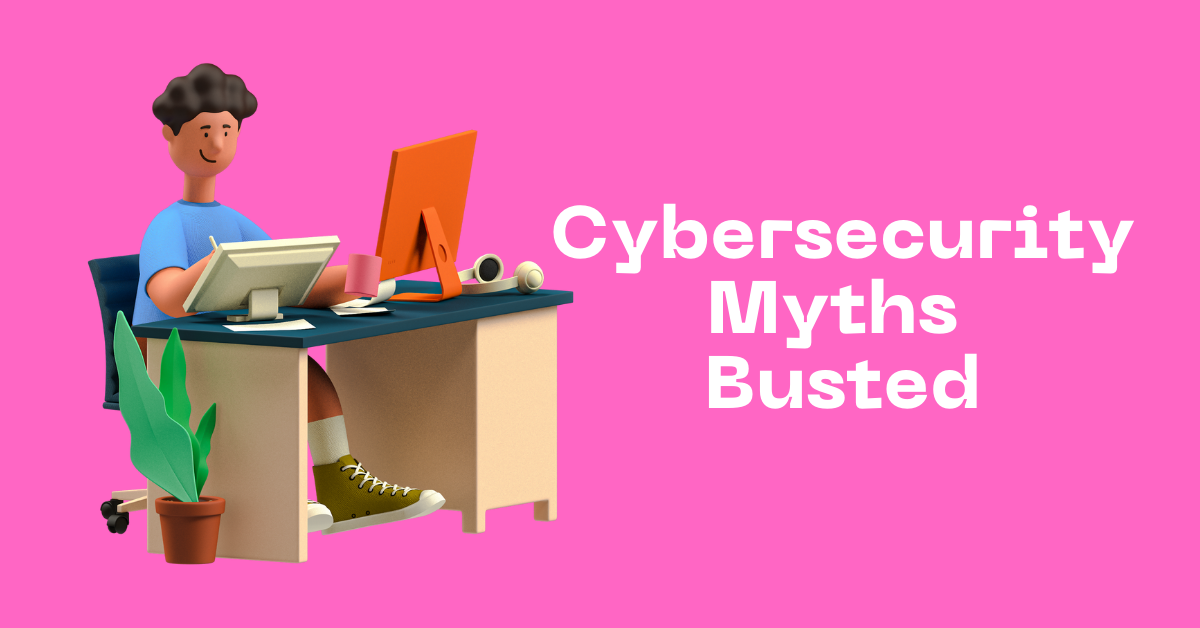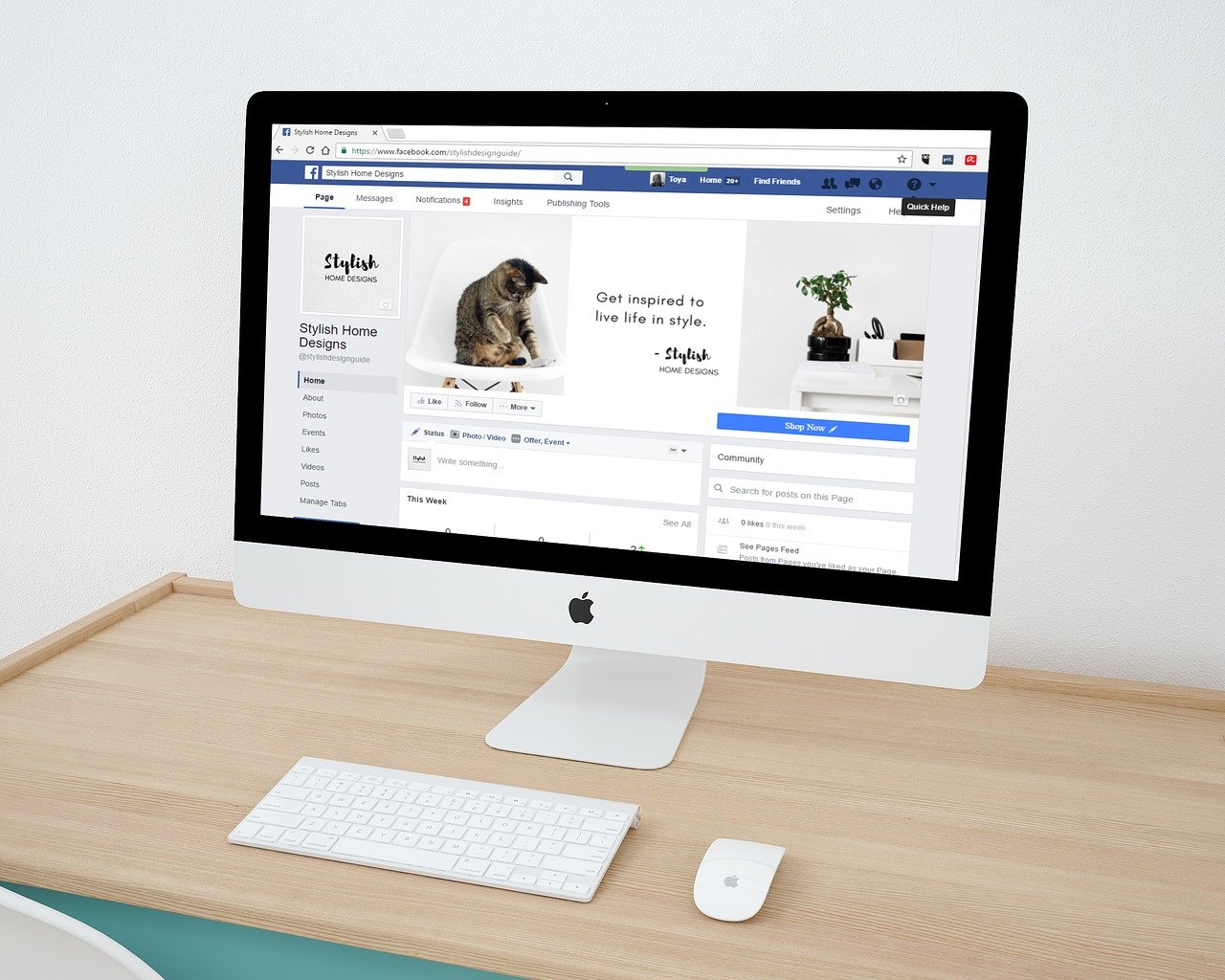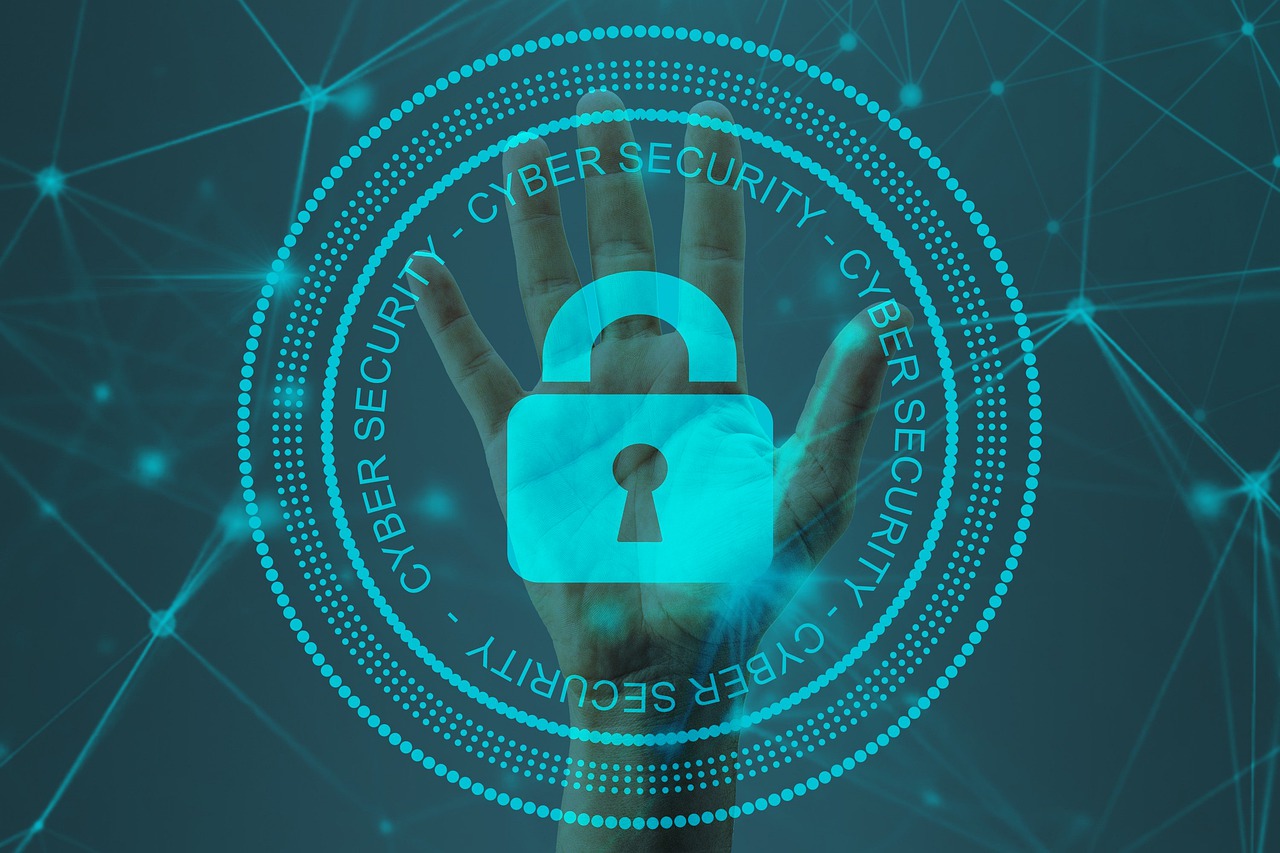This post will show you 6 cybersecurity myths busted…
Cybersecurity is one of the top priorities for modern organizations. Data breaches are affecting companies ranging from small, unknown start-ups to infamous conglomerates. But what are some of the cybersecurity myths?
Instead of spreading awareness with respect to cybersecurity for beginners, lots of myths are spread. These misunderstandings can be an effective security stumbling block. The first step in keeping your business safe is to separate false information, myths, and rumors from the truth.
Despite growing interest in protecting business security, some cybersecurity misconceptions and myths often prevent the right level of protection from the technology your organization needs.
Here we dispel some common cybersecurity myths. Read on to find the one that you think is correct.
Table of Contents
Some Cybersecurity Myths
1. You never browse the wrong sites
It’s a basic misunderstanding that you have to step into a more illegal place to put yourself in danger on the Internet. However, cybercriminals use variations of tactics to spread malware and steal data.
A cyber attack called phishing is often used to send emails disguised as legitimate organizations such as banks and payment services. They use social engineering to persuade you that they have a genuine email, and you are asked to click the link in the message.
Hackers can create fake hotspots disguised as legitimate Wi-Fi providers (such as a nearby coffee shop). When you sign up, they can see all your traffic and steal the personal information you give them. If you use public WiFi, use a VPN to encrypt your traffic. Criminals may create online advertisements to lure victims into traps. This is known as malvertising.
In recent years, these ads have been smuggled to reputable websites such as Spotify and The New York Times. The Great Learning cybersecurity progams for beginners can help you correct your misconceptions regarding cyber security and understand more the need for the same.
2. No need for cybersecurity as you have never been attacked
If you have never experienced a cyberattack or data breach, you may not be aware of the damage they can do. Also, since it has never been attacked, it can be assumed that the current security regime is strong enough to keep out malicious individuals. However, cyber threats and hacking tools are constantly evolving and becoming more sophisticated and untraceable day by day.
Sensitive data is also a potential target for security breaches. You can easily become the next target. Develop strong security strategies to help identify existing vulnerabilities and block attack attempts before serious damage occurs.
3. Only large businesses are attacked by Cybercriminals
Most small and medium-sized enterprises (SMBs) often think that they are not affected by cyberattacks or data breaches because “we are too small” or “no one wants our data.” This is one of the biggest cybersecurity myths that can’t be far from the truth and needs to be uncovered right now.
Small businesses often have the false impression that data is of no value to hackers. However, small businesses are one of the main targets of hackers. Small businesses often lack advanced security software and skilled security teams and are often targeted by cybercriminals.
Hackers do not discriminate against victims. Therefore, make sure that the size of your business does not determine the value of your data or the security of your assets.
4. There is only a need for a strong password
Companies often believe that regular passwords are strong enough to protect their business. However, strong password practices are just the beginning. A robust security system comes with defence in depth.
Enterprises should use at least two-factor authentication and data access control. Strong passwords are essential, but finding (and remembering) strong enough passwords can be difficult.
Hackers use credential-stuffing software to look up all the words and strings of common numbers in the dictionary until they match the password. A strong password is not enough. If you reuse strong passwords on multiple websites and violate only one of them, all accounts could be fully exposed.
5. No need to worry if you have anti-virus software
It’s true that antivirus software protects computers and smartphones from viruses. But that’s not enough. Hackers are constantly trying to find new vulnerabilities, and antivirus programs cannot detect evolving threats.
Also, antivirus does not protect users from more subtle operations. Instead of using a virus, many hackers try to trick you into revealing your personal information and passwords voluntarily.
Hackers may have actually created a fake website that looks exactly like the real thing, just to steal sensitive information. These scams are more common than you think. Be careful when shopping online, using banking services, and making payments. If you are not careful, antivirus protection will only be enforced so far.
6. Cybersecurity is so expensive
Even if malicious cyberattacks continue to gain headlines and cost organizations millions, companies are wondering if investing in cybersecurity is worth it. Data security is often overlooked and is only a side issue for many companies.
The average cost of a data breach in 2021 is $ 4.24 million, the highest in 17 years. And that number doesn’t include the catastrophic loss of reputation and the damage associated with the loss of customers due to data breaches.
Invest in the latest security solution that can protect you from the latest threats. In addition, many precautions can be taken for your business at no additional cost, including B. Strong passwords, multi-factor authentication, access control, and employee training.
Top 5 Major Cybersecurity Threats (as of 2024)
- Phishing Attacks: Deceptive emails or messages tricking users into revealing personal information or downloading malware.
- Ransomware: Malicious software that encrypts a victim’s files, demanding a ransom payment to unlock them.
- Supply Chain Attacks: Targeting vulnerabilities in software or services used by multiple organizations to gain access to a wider network.
- Cloud Security Threats: Exploiting weaknesses in cloud-based systems to steal data or disrupt operations.
- Social Engineering: Manipulating people into giving up sensitive information or clicking on malicious links.
10 Most Common Categories of Cyber Attacks
- Phishing Attacks (mentioned above)
- Malware Attacks (installation of malicious software)
- Password Attacks (cracking or guessing passwords)
- Denial-of-Service (DoS) Attacks (overwhelming a system with traffic to make it inaccessible)
- Man-in-the-Middle (MitM) Attacks (intercepting communication between two parties)
- SQL Injection Attacks (exploiting vulnerabilities in databases)
- Zero-Day Attacks (previously unknown vulnerabilities)
- Watering Hole Attacks (targeting websites frequented by specific victims)
- Botnet Attacks (networks of compromised devices used for malicious purposes)
- Insider Threats (malicious activity by someone with authorized access)
Must-Knows of Cybersecurity
- Use strong passwords and enable MFA.
- Beware of phishing scams – don’t click suspicious links or attachments.
- Keep your software updated (operating system, applications).
- Be cautious on public Wi-Fi.
- Back up your data regularly.
- Learn to recognize social engineering tactics.
- Report suspicious activity to the appropriate authorities.
By understanding these cybersecurity myths and essential practices, you can significantly reduce your risk of falling victim to cyberattacks.
Conclusion
The myths and negative thoughts surrounding cybersecurity pose a real threat to businesses facing a variety of cyber threats every day. False information can give hackers more opportunities to break into the network.
Stay on top of the latest security best practices to keep your business and customers safe. Knowing that the cybersecurity myth is just an illusion is the first step in developing the right cybersecurity maturity level needed to protect the organization to the required level ultimately.
You can enable VPN to protect your device from WiFi spies and man-in-the-middle attacks. This technology, by combining common sense with a security-oriented approach, can greatly help mitigate the risks faced by everyone online today.
Apart from this, to learn about the reality of cybersecurity, you can also opt for the Great Learning Standford cybersecurity online course.
INTERESTING POSTS
About the Author:
Daniel Segun is the Founder and CEO of SecureBlitz Cybersecurity Media, with a background in Computer Science and Digital Marketing. When not writing, he's probably busy designing graphics or developing websites.










